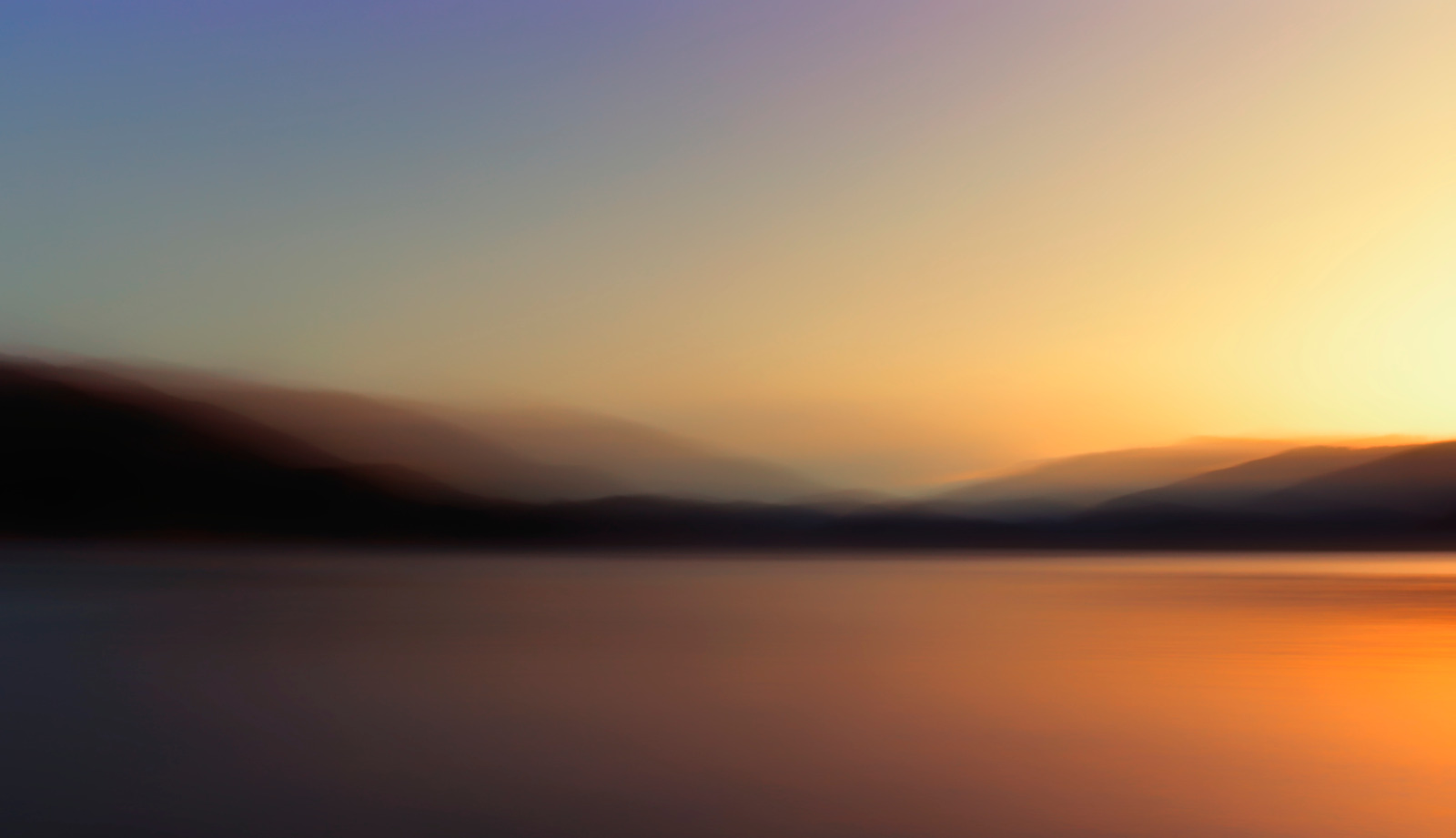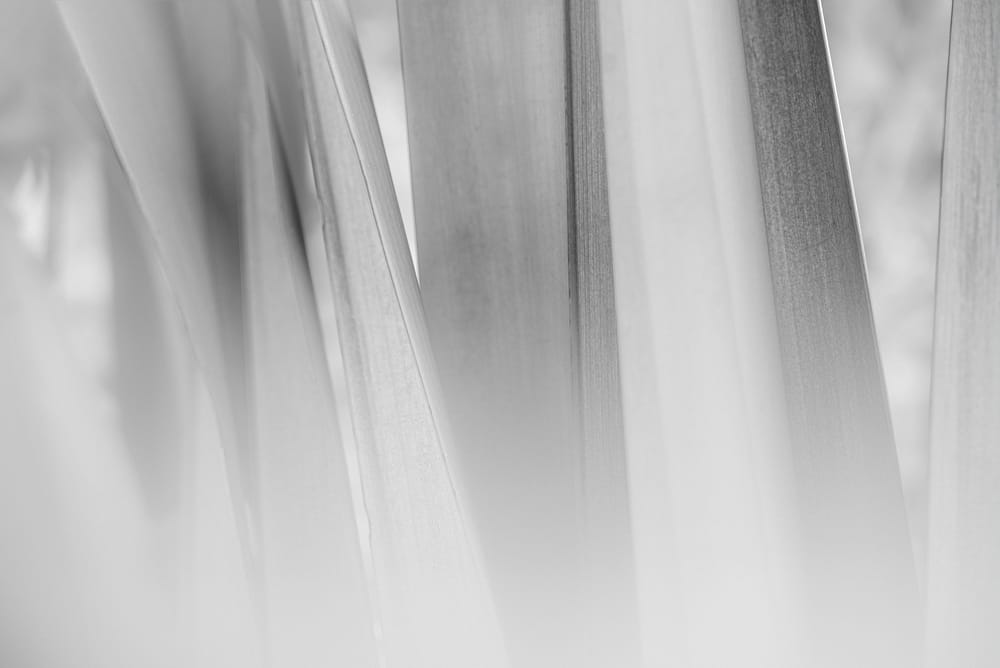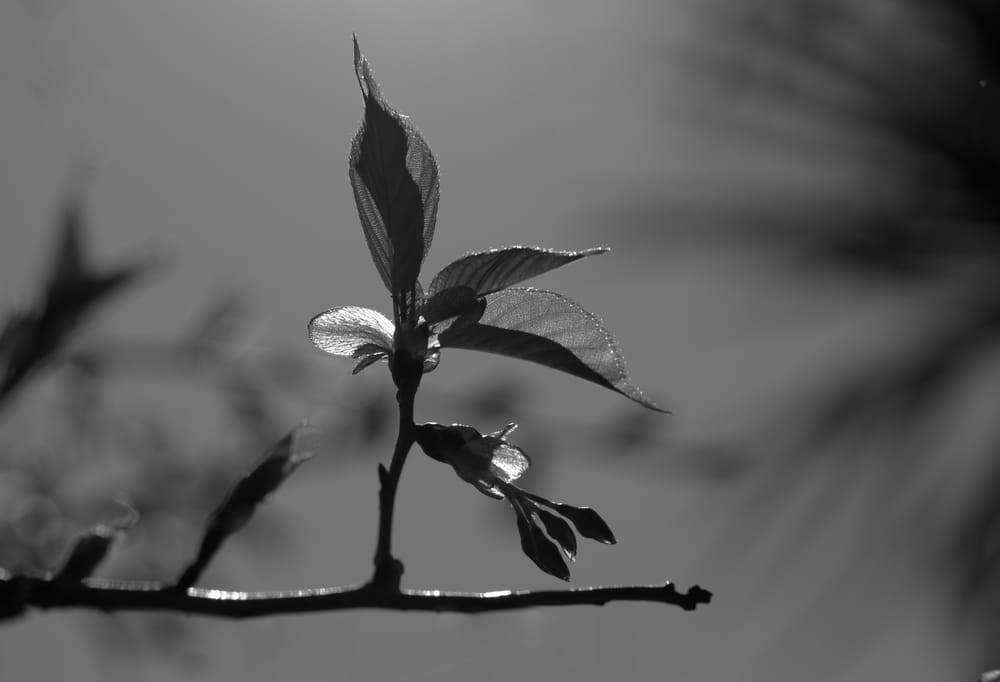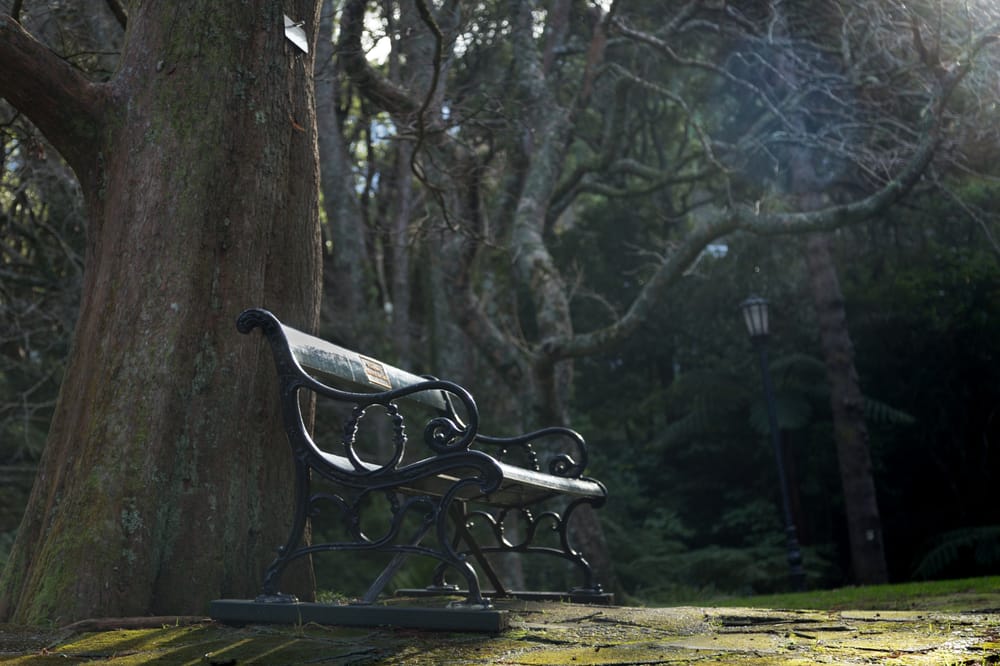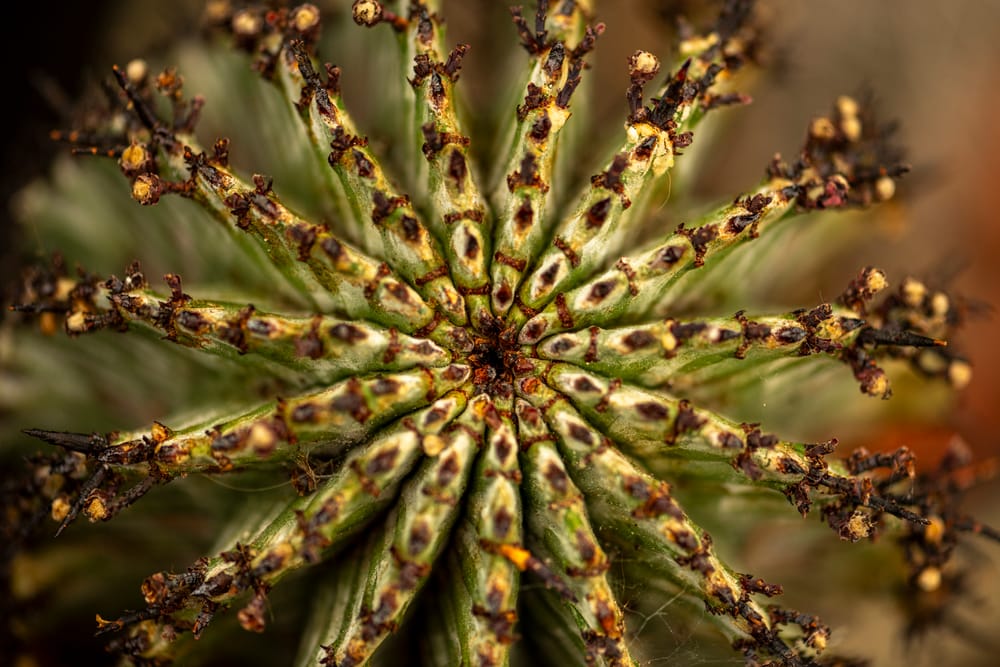In our quest to create stand-out photographs there are two times every day that present ideal conditions, should the weather and cloud cover also align.
first is the hour after sunrise and the second is the hour before sunset.
During these two hours sunlight is closest to the horizon and must travel the greatest distance through the atmosphere. The filtering dust particles and water droplets present reduce the intensity of the sun’s rays and scatter the cooler wavelengths. The result here on earth is to add warmth and softness to the environment, illuminate the sky and diffuse any other artificial lighting.

For photographers, this time is known simply as “the golden hour” for the unmatched warmth that can be captured and the enhanced appeal of any photograph.
To help capture the best of the golden hour in photography here are our tips:
Arrive early
This one will probably be easier in the afternoon for most of us, but try and arrive at the scene and be set up well in advance.
There is so much to plan with photography, such as your site, tripod, angle, camera settings etc, that you don’t want to be rushing each step while you think time is slipping by. You won’t be relaxed, and the frustration is more likely to show as mistakes in your photos.
The easiest way to avoid this is to be set up and ready to shoot about 60 minutes before golden hour gets underway. This way you’ll never miss a moment.
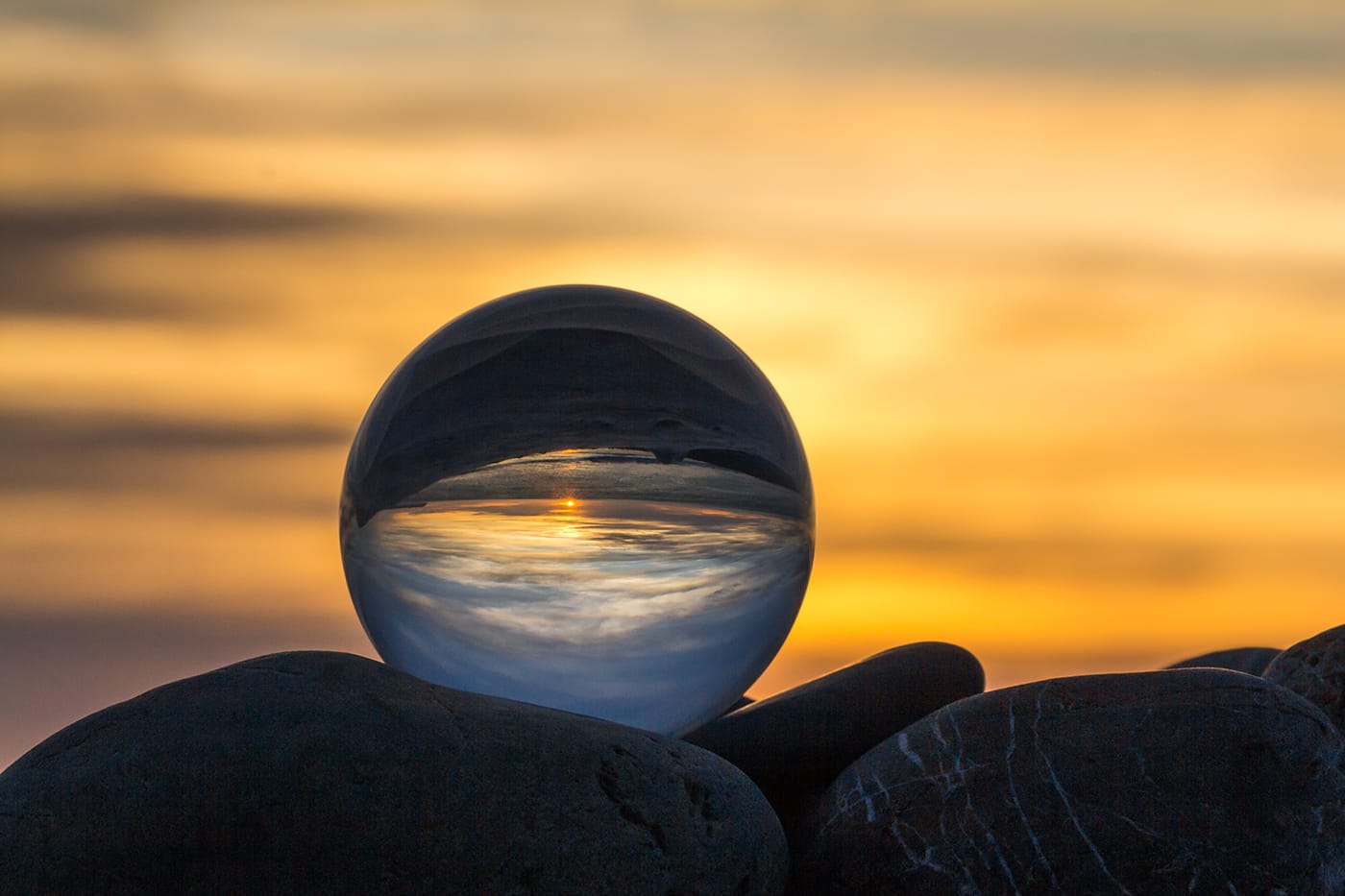
Camera settings
This ultimately comes down to personal preference, but if you want to emphasize the warm colours you’ve made the extra effort to capture then utilise these camera settings:
- Cloudy or shade white balance. To give your photos an added glow.
- Wide aperture. For focusing on a subject and blurring the background.
Desired angle
Think about a new perspective. Where is the light falling? Does the warm colour highlight a different aspect or surface than at any another time? Can you capture a warm reflection in any water, glass or wet surfaces present?
And if you are capturing a single subject then angle your lens to play with the light, and try different positions or poses.
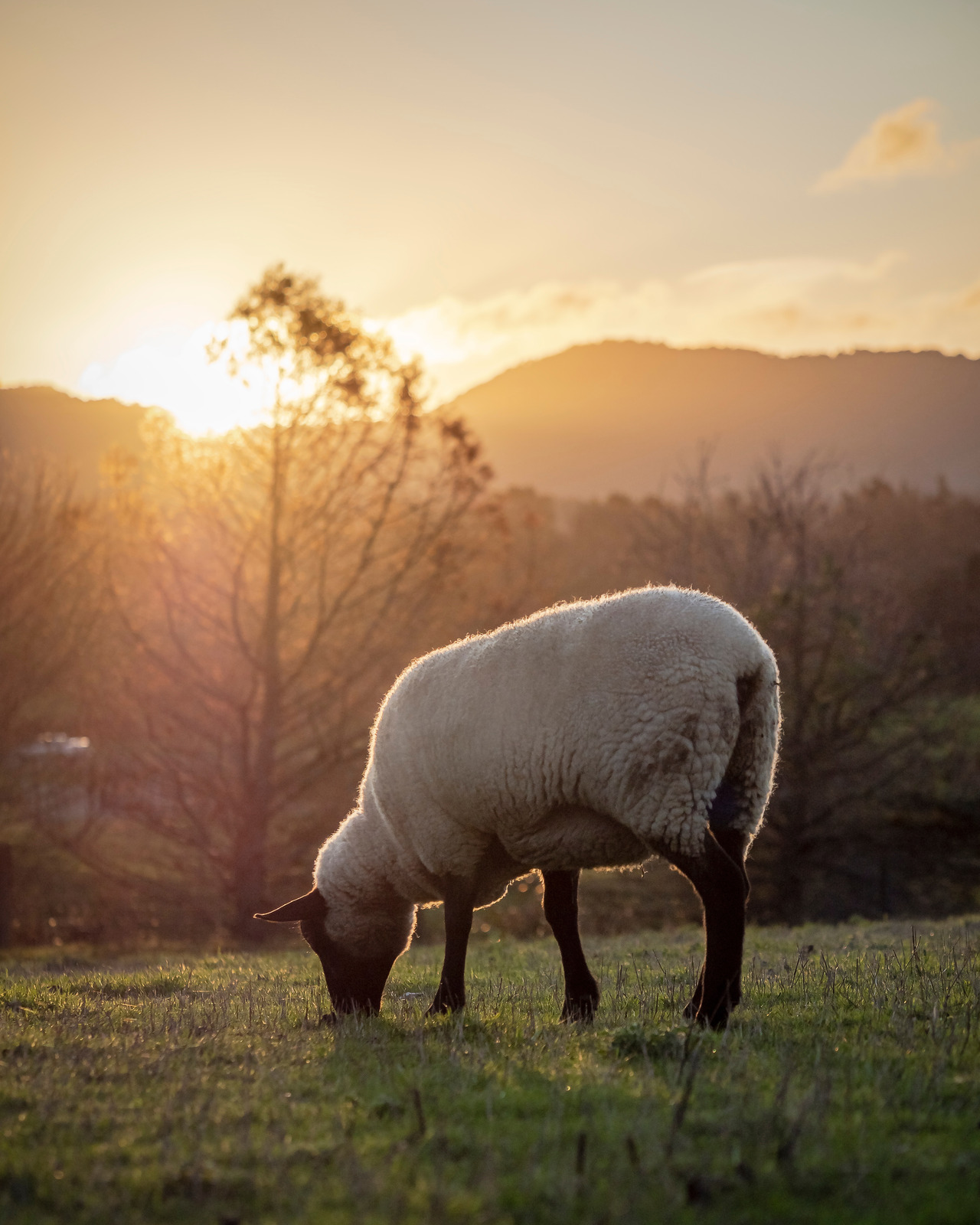
Post-processing is your friend
Even the slightest tints, hues and colour grades can all be highlighted during post-processing. It is important not to go overboard, but as with many things in life, a great photograph can take time to develop.
Over and above all, don’t forget to have fun and enjoy the moment that you capture. This is how your photo will tell a great story.

